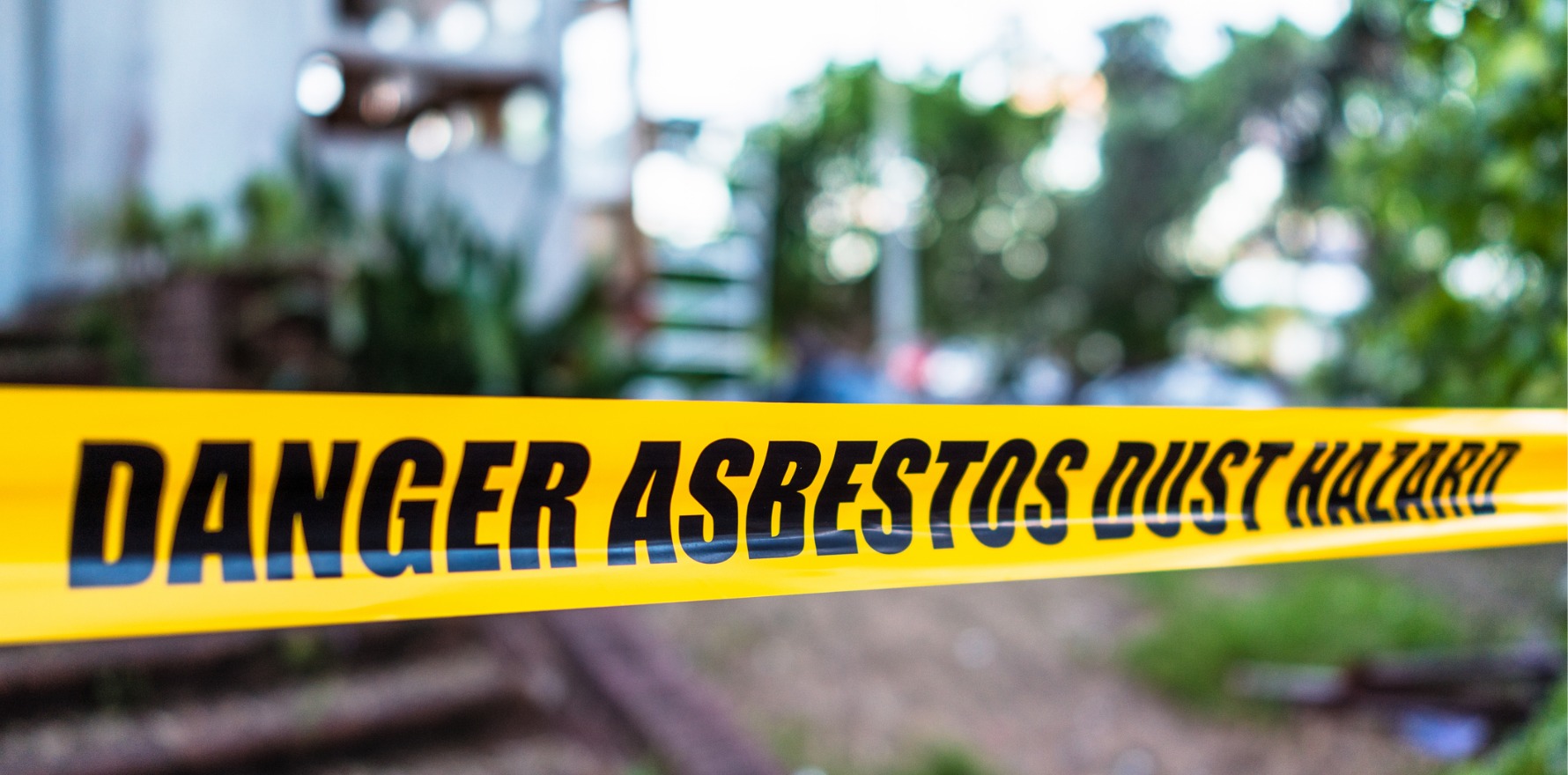The AIHW has released the annual mesothelioma report and there’s not much in the way of good news.
Asbestos exposure remains one of the key links to mesothelioma cases in Australia, new data from the Australian Institute of Health and Welfare shows.
Australia has one of the highest measured incidence rates of mesothelioma in the world, with an estimated 700-800 people diagnosed with the rare and aggressive cancer every year. In the 2020–21 financial year, the estimated health system expenditure for mesothelioma cases was $33.7 million.
The AIHW’s latest report – Mesothelioma in Australia 2023 – showed more than nine in 10 people diagnosed with mesothelioma who completed an Australian Mesothelioma Registry exposure assessment had a history of “possible or probable exposure to asbestos”.
For men, this exposure most commonly occurred in their jobs, the report found.
“Some studies that have sought to assess the quantitative risk associated with both occupational and non-occupational asbestos exposure, actually take into account that non-occupational exposure may last longer than standard work shifts and therefore assign a greater frequency of exposure to non-occupational quantitative risk assessment,” the authors wrote.
Of the 1223 people for whom asbestos exposure was detected between 1 July 2010 and 1 May 2024, most men had some form of occupational exposure, whereas very few women did (78% men and 6.6% women).
Occupations included marine engineering/shipwright/boatbuilding; stevedore/waterside work; automotive maintenance jobs; electrical, plumbing and building trades; metal production and fabrication; and metal fitter/turner and toolmaker jobs.
Related
The most common contexts in which non-occupational asbestos exposure (excluding paid work) was assessed as possible or probable were among those who reported ever having:
- undertaken major home renovations that involved asbestos products (50% assessed as probable or possible exposure)
- lived in a house undergoing renovations (38%)
- serviced car brakes/clutch (30%)
- lived in the same home as someone with a job where they were exposed to asbestos and who came home dusty (20%)
- lived in a house made of fibro that was built between 1947 and 1987 (13%)
The report showed 617 cases of mesothelioma diagnosed in 2023 had been reported to the AMR as at 1 May 2024. However this number is expected to be higher given the lag in reporting.
After adjusting for differences in the age structure of the populations, available data showed the rate averaged around 2.6 cases per 100,000 people between 2011 and 2023; for men it averaged 4.6 per 100,000, and for women it averaged 0.9 per 100,000.
Between 1982 and 2023, the number of new cases of mesothelioma reported annually steadily increased from 135 to 471 for men and from 22 to 146 for women. To date, the year in which the highest overall number of cases (829) were diagnosed was 2017.
“It is important to note that the apparent fall in cases in 2023 is likely due to delays in the AMR receiving notifications—the number of cases for 2023 are expected to rise after 1 May 2024 (date these data were extracted),” the authors reported.
“Also note that the number of cases may continue to increase slightly for all years, and particularly from 2018 onwards, as more cases are notified to the AMR.”
Between 1982 and 2017, the crude incidence rate for men rose from 1.8 to 5.6 cases per 100,000 population. For women, the rate rose from 0.3 in 1982 to 1.4 cases per 100,000 population in 2018. The crude incidence rate for persons rose from 1.0 in 1982 to a peak of 3.4 cases per 100,000 population in 2017 and has since remained at around 3.0 cases per 100,000 population.
NSW led the case numbers when looked at by state and territory between 2020 and 2023 (929 cases), followed by Victoria (649), Queensland (672), Western Australia (429), South Australia (240), Tasmania (70), the ACT (39) and the Northern Territory (5).
There was some good news, however. Between 1991–1995 and 2016–2020, the age-adjusted relative survival of people with mesothelioma increased, most notably the one-year relative survival rate that improved from 36.2% to 48.5%.
Australia’s consumption of asbestos peaked at a total of around 700,000 metric tonnes during the period 1970–1979, the authors reported. Australia mined and imported asbestos, which was primarily used in the construction and transport industries because it was durable and resistant to fire and chemicals.
Asbestos-related regulatory controls were significantly tightened over time. Asbestos has been totally banned in Australia since December 2003, making it illegal to manufacture asbestos-containing materials (ACMs) or use, reuse, import, transport, store or sell them.
“However, a large amount of ACMs still remains in older structures including houses, and products, potentially exposing workers and/or the public to asbestos if relevant safety procedures are not followed,” the authors wrote.
The Asbestos and Silica Safety and Eradication Agency coordinates the implementation of the Asbestos National Strategic Plan, which provides a long-term, phased approach to eliminating asbestos-related diseases (including mesothelioma) in Australia through nationally consistent and coordinated actions.
Commonwealth, state and territory governments are responsible for implementing the Asbestos National Strategic Plan by working cooperatively on national priorities that target asbestos in our homes, workplaces and the environment.




